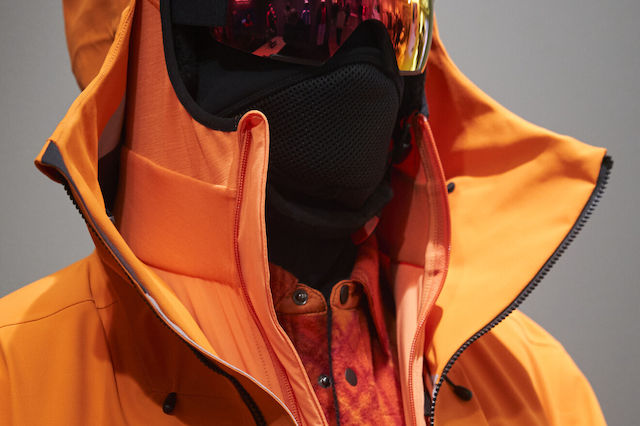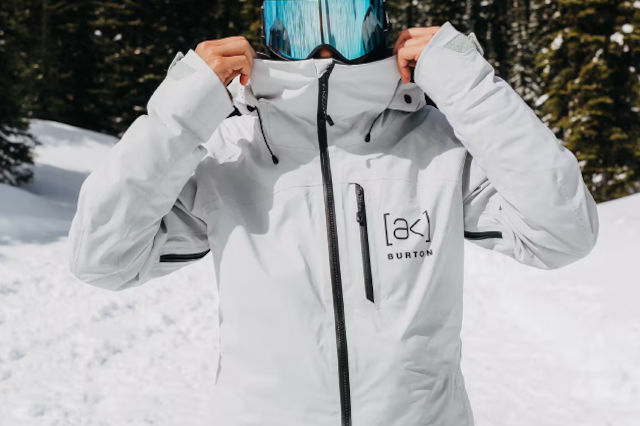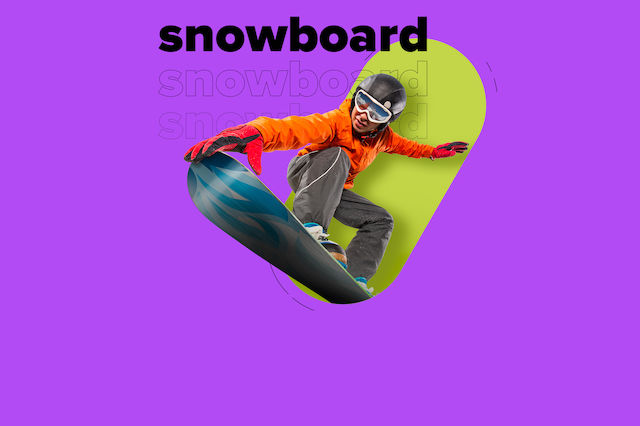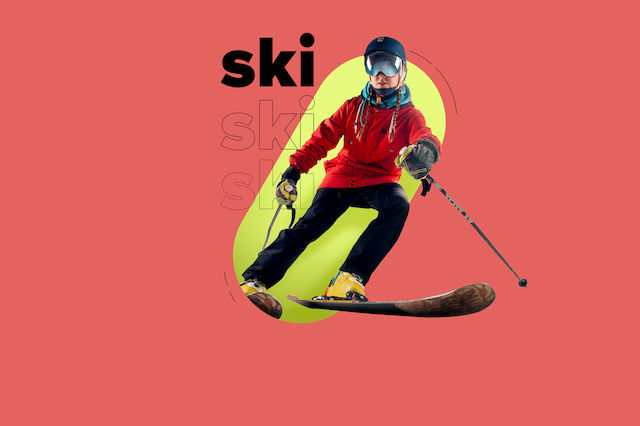Safe and Stylish Skiing: The Ultimate Equipment Guide
A Detailed Look at the Equipment Every Skier Needs
The cool mountain air, the snow beneath your feet, the thrill of gliding down a slope - skiing is a winter adventure like no other! But before you embark on your first day of skiing, let's go over some basic steps that will help you better organize this activity in terms of equipment and clothing.

Sandals & Boots
- So many options in ski boots, for all preferences and conditions! Basically, it depends on what you are looking for, what suits you. In summary, beginners and intermediate skiers prefer all mountain boots, which are more flexible in simpler conditions, while more experienced and adventurous skiers who can handle them choose freeride or even freestyle boots. Choosing ski boots is difficult because you have to take into account many parameters. Speaking only about downhill skiing on groomed slopes, the most basic parameter is your height. Placed vertically, the boots should be from your chin to your heel. Shorter skis are suitable for quick turns, while longer skis are for high speeds in a straight line. Also, make sure to get the appropriate bindings.
- Ski boots must fit perfectly on the foot so that they are neither too tight nor too loose. Boots that do not fit properly can cause discomfort, reduced control, and even injuries! Modern ski boots have various features designed to improve your experience on the mountain. Choosing the right ski boots is a crucial step in ensuring a comfortable and controlled descent on the slopes.
Essential Accessories: Ski Poles, Gloves, Mask & Helmet
- Ski poles are necessary for skiing and are among the most affordable accessories. You should choose the ideal poles based on your height. When placed vertically, they should reach the height of your palm when your hand is at a 90-degree angle.
- Yes, it is necessary! You should know that the sunglasses you wear daily do not provide the same level of protection on the snow. With a reasonable amount, you can get a ski mask or a pair of mountaineering glasses that filter 100% of UV radiation and protect your eyes.
- It is very important for the ski gloves to fit comfortably on your hand and have the best possible fit. In this case, your hands will be warm and comfortable, and the dexterity of your movements will be maintained! Remember that if your gloves are too tight, you will feel cold, so if you are not sure, it is better to choose a larger size.
- As for safety, the helmet is an essential piece of equipment in the ski resort. The helmet not only provides protection against possible impacts during falls, collisions, or other accidents but also from low temperatures and cold wind, keeping your head warm and comfortable.
What to Wear
- Baselayers: "Baselayers" are usually made of merino wool for effective heat retention and sweat wicking. Synthetic materials are a cost-effective alternative. You will need two pairs of thermal underwear, one for skiing and one for after. For skiing, the thermals should be breathable to allow sweat to escape and prevent freezing when the body gets cold.
- Midlayer: The midlayer is responsible for insulating the body. A fleece is an excellent choice for cool and dry days on the slopes. It provides warmth and lightweight, keeping your body comfortable and warm. Additionally, fleece is highly breathable, allowing the body to breathe while still retaining heat even when wet.
- Jacket: It is essential to choose a jacket that offers comfort, good fit, and high levels of weather resistance. Water and wind resistance are crucial, especially during snowstorms. However, you should also consider the weight, as a ski jacket should be relatively lightweight.
- Pants: A durable waterproof pair of pants is essential! For those skiing in consistently low temperatures, it's worth considering an insulated design, although we often prefer the flexibility of a non-insulated hardshell for use throughout the season, combined with lightweight or midweight baselayer depending on the conditions. And if you want something a little warmer, consider ski overalls: They offer better protection from snow, wind, and rain, also providing additional coverage above the waist.
- Socks: Ski socks provide warmth and protection for the heels, toes, and all areas that can be injured from contact with the boot. They should be equipped with breathable materials and sufficient cushioning, offering comfort and protection.
Skroutz Tips!
- Don't forget the sunscreen: Mountain equipment definitely includes sunscreen. In the snow, the sun's rays reflect and cause painful burns like in the summer.
- Make sure your skis, boots, and equipment are suitable for your skill level and the conditions of the ski resort.
- If you are a beginner, invest in a day of training. An instructor can help practice basic movements and guide you on the correct technique.
- Check the weather conditions before you start, as they affect the conditions on the slopes.
- Drink plenty of water to stay hydrated, especially at high altitudes.
- Skiing is for fun, so enjoy the experience and the snowy landscape!





















Be the first to leave a comment!